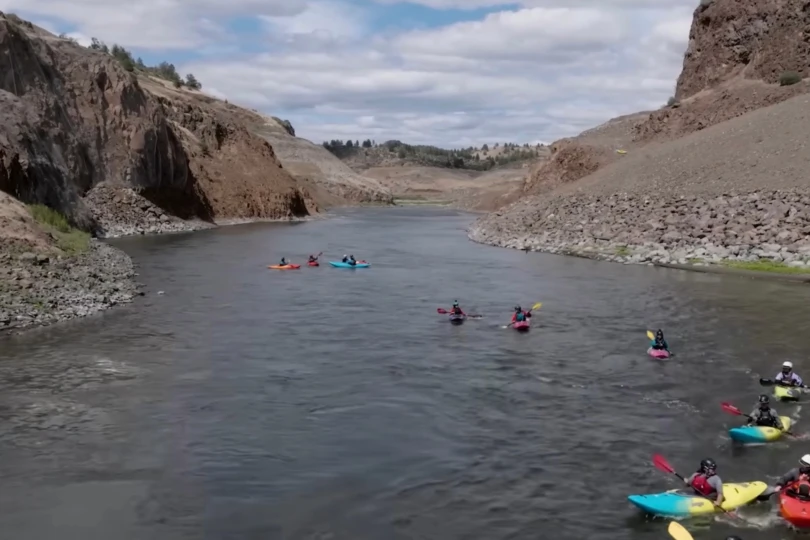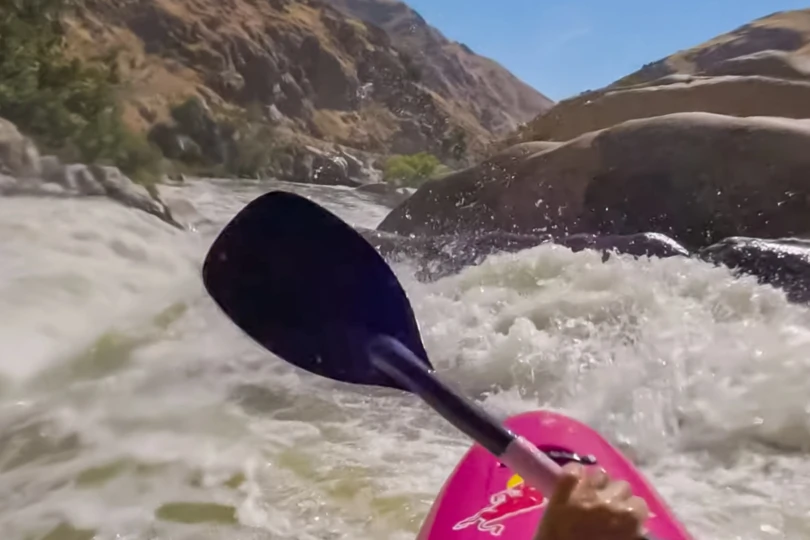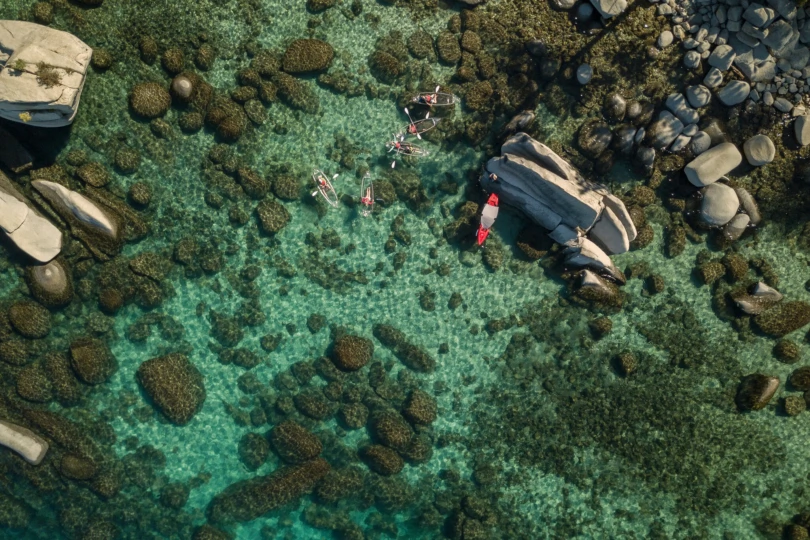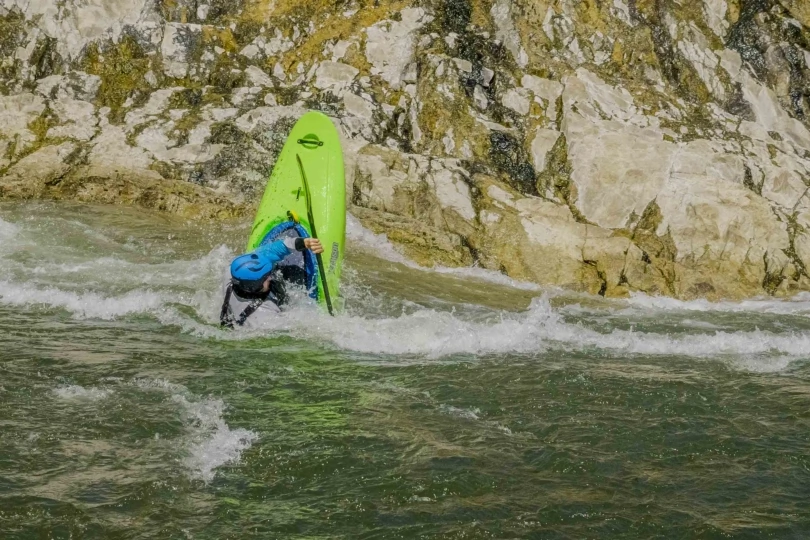Hell in high water, floods are a leading cause of death in the outdoors. Here are some pointers to play it safe.

It started with icefall splintering off Mount Hood’s Reid Glacier. A crescendo of sound intensified as the snow and ice batted at wayward trees, sucking in logs, rock, mud — everything in its path. Standing 200 feet above, we safely watched the Sandy River rapidly transition from placid to torrent in mere minutes.
Water is one of nature’s most powerful forces. With Houston currently experiencing one of the most disastrous floods in recent memory, we dug up some pointers on flood awareness from the National Weather Service and the National Park Service on how to stay safe in flood conditions.
Floods in urban areas caused by natural disasters demand a unique preparedness approach and plan – outside the scope of this story. This article addresses backcountry flooding and steps hikers and travelers should take to stay safe.
Flood Facts
What It Is: Flooding happens after extended rainfall, short bursts of intense rain, or when snow and ice melt faster than the ground can soak it up. About 75 percent of declared natural disasters are flood related.
Some floods have long lead times and are announced days in advance. Flash floods can happen in minutes to hours, and can be caused by storm cells located miles away.
Where It’s Found: Flash floods typically occur in slot canyons in the American Southwest. They can also be triggered by intense rain and ice dams breaching high in mountain canyons.

How to Avoid
Knowledge is the best prevention. If you are heading out into flood prone zones, the best plan for prevention is to pay attention to the weather forecast.
Prior to traveling: Watch the weather forecast. If conditions look shifty, push off the trip or consider exploring a less flood-prone area. The National Weather Service has four classifications of flood warning.
- Flood advisory; Be aware. Issued when flooding isn’t expected… but could cause a significant issue. If not heeded, it could lead to a life-threatening situation.
- Flood watch; Be prepared. Flooding is a very real possibility, but it may not necessarily occur.
- Flood warning; Take action. Flooding is happening or going to happen.
- Flash flood warning; Take action. A flash flood is happening or going to happen within minutes to hours. If you are in a flood prone area, move immediately to high ground.
Prior to departing into the backcountry: Ask the information center or ranger station about the current conditions, weather forecasts and, if they exist, flash flood potential ratings. Don’t enter slot canyons if bad weather threatens. The National Weather Service has four classifications for flash floods.
- Dry: Dry airmass not expected to produce flash flooding.
- Low: Only the most flash flood prone areas—like slot canyons—may experience flooding.
- Moderate: Localized slot canyons, dry washes, and small streams may experience flash flooding.
- High: Many slot canyons, dry washes, and small streams are expected to experience flash flooding.
In the field: Once you are in the backcountry, keep an eye on these flash flood indicators:
- Deteriorating weather conditions
- Build-up of clouds
- Thunder
- Sudden changes in water clarity from clear to muddy
- Floating debris
- Rising water levels or current changes
- Increasing roar up canyon
Flood!
Flash floods are one of nature’s most impressive forces, best appreciated from on high. If you are caught inside a flash flood zone, get yourself to higher ground immediately. Don’t try to outrun the flood. Flash floods can take hours to pass.

Flash Floods On The Road
If you are driving into dangerously wet weather, don’t plunge your truck into a torrent or bash through puddles. You’re not driving the Camel Trophy and your Subaru doesn’t have a snorkel.
It’s often impossible to gauge if water is shallow enough to drive through. And remember, it only takes 12 inches of rushing water to pull a small car downstream.
If your car is consumed by the flood, exit the window and get to higher ground.
Worst Case Scenario
Death. Floods are a leading cause of outdoor fatalities.
Of course, not all incidents result in death. Ruined campsites or a scary swim are less severe outcomes. But you don’t want to toy with floods. It’s important to take heed of the forecast and give water respect.







